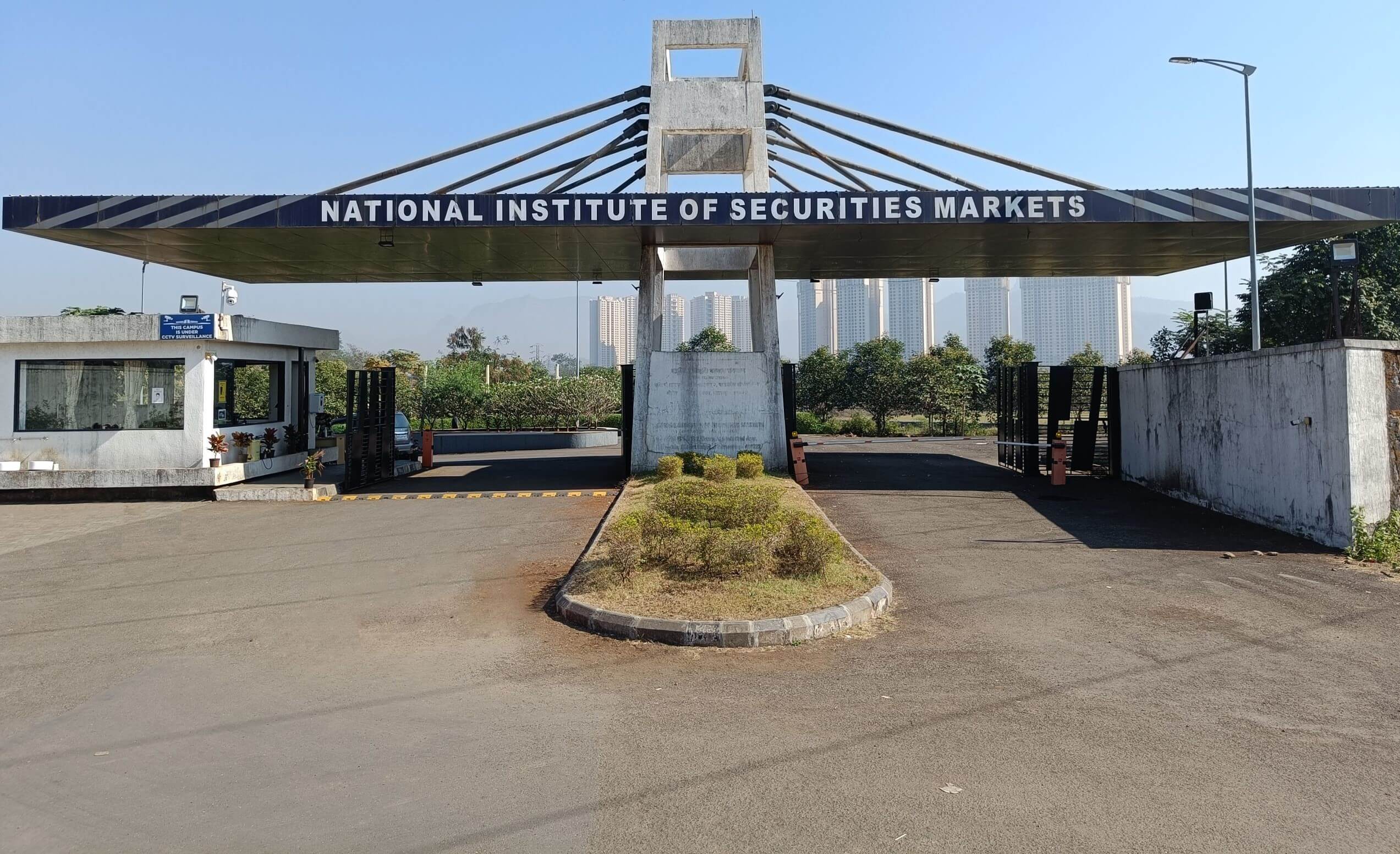Blog Content Overview
- 1 Treelife Resources
- 1.1 Explore our resources to fuel your success and propel your business forward.
- 1.2 Latest Posts
- 1.2.0.1 Decoding the Indemnification Clause
- 1.2.0.2 The Debt Market at IFSC: Key Insights & Trends (2024-2025)
- 1.2.0.3 Convertible Notes (CN) vs Compulsorily Convertible Debentures (CCD) in India
- 1.2.0.4 Convertible Debentures in India – Meaning, Types, Benefits
- 1.2.0.5 M&A in Startups: Don’t Overlook the GST Angle
- 1.2.0.6 NISM Introduces Separate Certification Exams for AIF Managers
- 1.2.0.7 Foreign Direct Investment (FDI) in India’s Manufacturing Sector: A Comprehensive Guide
- 1.2.0.8 SEBI’s New Consultation Paper: A Step Towards Flexible Co-Investment Models for AIFs
- 1.3 Thought Leadership
- 1.3.0.1 IFSCA Regulatory Newsletter – April 2025 to November 2025
- 1.3.0.2 VCFO for Exit Strategy – Role in Financials, Equity and M&A
- 1.3.0.3 Important Financial timelines before 31st March 2026
- 1.3.0.4 Compliance Calendar – December 2025 (Checklist & Deadlines)
- 1.3.0.5 New Labour Law in India 2025 – Complete Guide to New Labour Codes
- 1.3.0.6 CodeKarma raises $2.5M Pre-Series A in Treelife-advised round led by Prosus Ventures, Accel, and Xeed Ventures
- 1.3.0.7 Treelife advised OnArrival funding with seamless structuring, drafting, and negotiation.
- 1.3.0.8 Piper Serica invests INR 3 crore in deep-tech propulsion startup Thrustworks Dynetics
- 1.3.0.9 SINE IIT Bombay invests INR 1 crore in Thrustworks Dynetics with Treelife’s transaction support
- 1.3.0.10 Treelife advises Cookware Brand Ember on $3.2Mn Seed Round
- 1.3.0.11 New Labour Law in India 2025 – Complete Guide to New Labour Codes
- 1.3.0.12 Foreign Company Registration in India – Complete Guide [Updated]
- 1.3.0.13 Contracts of Indemnity in India- Meaning, Key Elements, Guarentee
- 1.3.0.14 Liquidated & Unliquidated Damages – Calculation in Contract Law
- 1.3.0.15 RSU vs ESOP – Differences, Taxation, Which is Better?
- 1.3.0.16 IFSCA tightening scrutiny on GIFT City AIFs – Money Control Exclusive adds Jitesh Agarwal’s note
- 1.3.0.17 Lenskart built its empire on franchisees. Now it’s battling them in courts
- 1.3.0.18 Treelife featured and authored a chapter in a report, “Funds in GIFT City- Scaling New Heights” by Eleveight
- 1.3.0.19 Blinkit 2.0: Can Zomato’s Juggernaut Fight Off Quick Commerce Rivals?
- 1.3.0.20 Startup India’s Post – Mapping India’s Spacetech Industry & Regulatory Landscape,
- 1.3.0.21 Revised Regulatory Framework for Angel Funds in India (2025)
- 1.3.0.22 SEBI Revamps Angel Fund Framework to Boost Startup Funding
- 1.3.0.23 SEBI Mandates New Certification Norms for AIF Managers
- 1.3.0.24 IFSCA Approves “Platform Play” for Fund Management Entities at GIFT IFSC
- 1.3.0.25 CBDT Notifies TDS Exemption for Payments to IFSC Units (Effective from July 1, 2025)
- 1.4 We Are Problem Solvers. And Take Accountability.
Latest Posts



May 15, 2025 | Legal
Convertible Notes (CN) vs Compulsorily Convertible Debentures (CCD) in India
Read More




May 14, 2025 | Startups
Foreign Direct Investment (FDI) in India’s Manufacturing Sector: A Comprehensive Guide
Read More
Thought Leadership

IFSCA Regulatory Newsletter – April 2025 to November 2025
Introduction The International Financial Services Centres Authority (IFSCA) has demonstrated exceptional regulatory dynamism during the April-October 2025 period, introducing transformative frameworks that position GIFT IFSC as a globally competitive financial hub. This comprehensive newsletter provides detailed explanations of all regulatory developments, circulars, and notifications issued by IFSCA during this crucial…

VCFO for Exit Strategy – Role in Financials, Equity and M&A
1. Executive Summary: The VCFO as the Architect of Value Maximization 1.1. The Exit Imperative and Liquidity Pathways Every business owner will eventually navigate a liquidity event. The choice of exit strategy whether an Initial Public Offering (IPO), a Merger and Acquisition (M&A) transaction, or a more straightforward trade sale…

Important Financial timelines before 31st March 2026
As the financial year 2025–26 closes, taxpayers whether individuals, startups, small businesses, or companies must complete several statutory and tax-related tasks before the 31 March 2026 deadline. Missing these timelines may lead to penalties, higher TDS, interest payouts, or ineligibility for tax deductions. This updated guide includes all essential income…

Compliance Calendar – December 2025 (Checklist & Deadlines)
December 2025 Compliance Calendar for Startups, Businesses & Founders in India Sync with Google Calendar Sync with Apple Calendar Staying compliant is not optional it is a legal and financial necessity. December 2025 brings multiple critical due dates for GST, TDS, advance tax, PF, ESI, ROC filings, and quarterly tax…

New Labour Law in India 2025 – Complete Guide to New Labour Codes
DOWNLOAD PDF India has introduced a historic regulatory change with the new labour law in India 2025. For the first time since Independence, 29 separate labour legislations have been consolidated into four unified Labour Codes, transforming how organisations manage employment, wages, social security, and workplace safety.This represents a paradigm shift…



New Labour Law in India 2025 – Complete Guide to New Labour Codes
DOWNLOAD PDF India has introduced a historic regulatory change with the new labour law in India 2025. For the first time since Independence, 29 separate labour legislations have been consolidated into four unified Labour Codes, transforming how organisations manage employment, wages, social security, and workplace safety.This represents a paradigm shift…
![Foreign Company Registration in India - Complete Guide [Updated] foreign company and business registration in india](https://treelife.in/wp-content/uploads/2025/09/foreign-company-and-business-registration-in-india.webp)
Foreign Company Registration in India – Complete Guide [Updated]
Why Register a Foreign Company in India? Overview of India’s Business Environment India presents a highly dynamic and lucrative business environment for foreign companies. With a rapidly growing economy, diverse consumer base, and increasing digital infrastructure, the country is one of the top destinations for international business expansion. Here are…

Contracts of Indemnity in India- Meaning, Key Elements, Guarentee
Introduction What is a Contract of Indemnity? A contract of indemnity is defined under Section 124 of the Indian Contract Act, 1872 as an agreement where one party promises to save the other from loss caused by the conduct of the promisor or any other person . In simple terms,…

Liquidated & Unliquidated Damages – Calculation in Contract Law
Introduction In contract law, damages refer to the monetary compensation awarded to an aggrieved party when the other side breaches a contract. They ensure that the injured party is placed, as far as money can do, in the same position as if the contract had been performed. Understanding the distinction…

RSU vs ESOP – Differences, Taxation, Which is Better?
Introduction Employee equity compensation plans are structured programs that allow companies to reward employees with a stake in the business instead of or in addition to cash. These plans link employee performance and loyalty with the company’s long-term growth. Two of the most common equity incentives worldwide are Employee Stock…


Revised Regulatory Framework for Angel Funds in India (2025)
The Securities and Exchange Board of India (SEBI) recently announced a major overhaul to the regulatory framework for Angel Funds under the Alternative Investment Funds (AIF) Regulations, 2012. This new framework, introduced in 2025, aims to enhance transparency, improve operational clarity, and encourage investor participation. In this article, we’ll explore…

SEBI Revamps Angel Fund Framework to Boost Startup Funding
In a significant move to invigorate India’s startup ecosystem, the Securities and Exchange Board of India (SEBI), during its board meeting on June 19, 2025, approved substantial changes to the Angel Fund Framework. These revisions are designed to unlock more capital for early-stage companies while simultaneously ensuring enhanced investor suitability…

SEBI Mandates New Certification Norms for AIF Managers
The Securities and Exchange Board of India (SEBI) has officially unveiled revised certification requirements for key investment personnel of Alternative Investment Fund (AIF) managers. This crucial update, detailed in SEBI circular F. No. SEBI/LAD-NRO/GN/2025/249 dated June 25, 2025, aims to enhance professional standards and ensure a higher level of expertise…

IFSCA Approves “Platform Play” for Fund Management Entities at GIFT IFSC
In a significant stride towards enhancing the appeal and accessibility of India’s International Financial Services Centre (IFSC) at GIFT City, the International Financial Services Centres Authority (IFSCA) has approved a groundbreaking “Platform Play” model for Fund Management Entities (FMEs). This pivotal decision was made during the 24th IFSCA Authority Meeting…

CBDT Notifies TDS Exemption for Payments to IFSC Units (Effective from July 1, 2025)
In a significant move set to bolster the International Financial Services Centre (IFSC) ecosystem, the Central Board of Direct Taxes (CBDT) has issued Notification No. 67/2025 on June 20, 2025. This notification, effective from July 1, 2025, exempts certain payments made by mainland entities to eligible units in GIFT City…














